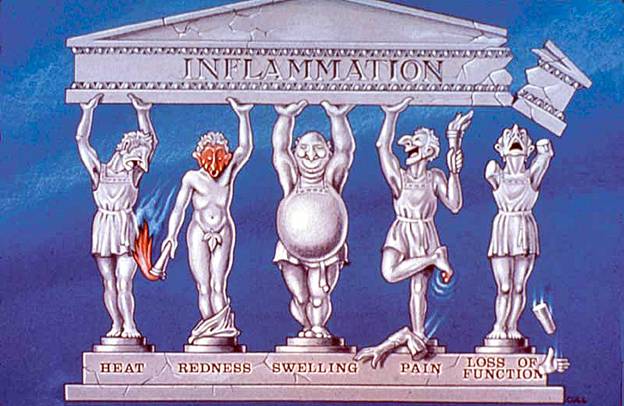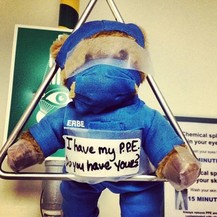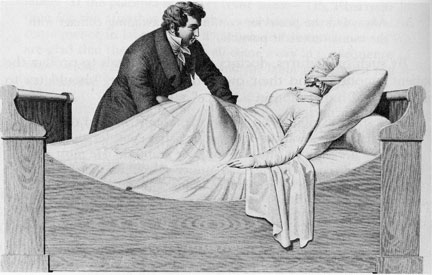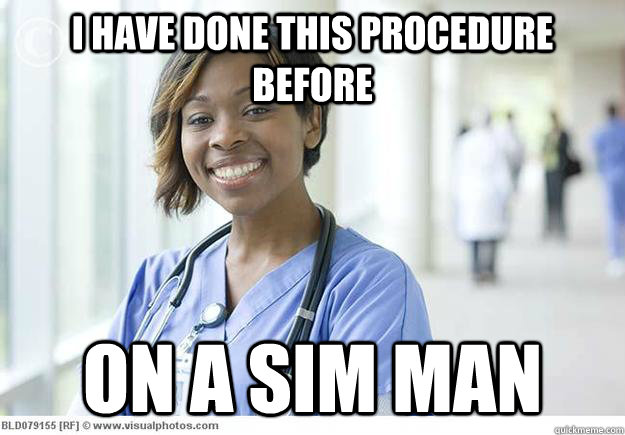So anyone who read my last blog post for week 6 will know I was terribly boring and the chances of learning anything from the post was incredibly small because I myself didn't know the information.
My second test was Monday. Sunday night, right before I put my books away, I was trying to come up with some trick to remember the different fluid and electrolyte imbalances. While I was staring at the page, I suddenly got an idea to turn the information into a story.
How on earth did I turn fluid and electrolyte imbalances into a story? Read on!
First, I want to introduce you to a group of "friends." Their names are Kay, Cal, Mag, and Po.
Kay is a surfer dude (he got his name from always saying, "OK" to whatever his friends said). He spends all his time out surfing. All his friends think he's cool and he thinks he's a hot bod. He's always surrounded by 3-5 friends (yes, the numbers are important in the story too!)
 |
| I picture Kay as one of the dudes from "Dude and Dude," one of my favorite comics |
Cal is a small cow, only about 10 hands high. However, he's extremely buff and highly excitable. He always seems slightly nervous.
 |
| Cal, the muscular cow |
The next friend, Mag, is a magpie. He's controls train junction, called Neuromuscular Junction. However, he drinks a lot of alcohol and frequently falls asleep at work, causing many problems. His Blood Alcohol Content will frequently go to 0.2. (Just remember the "2" from this number, not the 0.)
 |
| Mag the magpie (yes, I know this bird isn't a magpie, but it was the only image that worked for "drunk bird.") |
Last, but certainly not least, is little Po, only about 4 feet tall. He's a little Chinese man who works very hard and diligently. He has a lot of energy and a very good metabolism. His work ethic is amazing! However, he and Cal don't really get along so they try and avoid each other.
 |
| Little, energetic Po |
Now that I've introduced you to all the friends, let me first go into detail about Kay, the surfer dude. Remember how he likes to have 3-5 friends with him? That's the perfect number for him. If he has less than 3 friends, he gets low. When Kay gets low, he doesn't exercise anymore on his surf board and just sits and sulks. Because he's not exercising anymore, his muscles get weak and he gets fat (abdominal distension). Also, he becomes constipated from not exercising and his heart starts having problems. He gets all out of wack.
 |
| taken from http://www.gocomics.com/dudedude/2013/07/30 |
However, when Kay has more than 5 friends around him, he gets really hyper. He goes out on the waves and exercises until his muscles are weak from exhaustion, his belly hurts, and he has shooting diarrhea (yah, I know, lovely mental image). If he gets too hyper, he'll go into cardiac arrest. So for Kay, he needs 3-5 friends to keep him normal.
 |
| taken from http://www.gocomics.com/dudedude/2014/08/01 |
I'll now explain who Kay is, if you haven't already guessed. Kay is Potassium (whose periodic sign is K+). Potassium levels in the blood have to stay between 3-5. If the levels get low, they cause muscle weakness, abdominal distension. constipation, and cardiac arrhythmias. If the levels get high, they cause muscle weakness, abdominal cramps, diarrhea, and cardiac arrest.
If Cal shrinks below 9 hands, he gets really twitchy. Every muscle in his body starts contracting and he becomes jumpy. Sometimes, he even has seizures when he shrinks.
 |
| Here, he got so jumpy, he jumped right over the moon! |
However, when Cal grows over 10 hands, he gets all out of shape. He's nauseous, tired, lethargic, and confused. Everyone tries to make sure he stays between 9-10 hands tall to keep him from being twitchy or tired.
 |
| Poor Cal is sick |
If you haven't guessed it yet, Cal is Calcium. It's supposed to stay between 9-10 in the blood. Hypocalcemia causes muscles to start contracting and twitching. Hypercalcemia causes the person to become lethargic.
Mags, the magpie, has problems similar to Cal. When he's got a low blood alcohol content, he's very twitchy and anxious from alcohol withdrawal.
However, when he's high with a BAC over 0.2%, he's very weak and lethargic.
Time for the big reveal: Mag is Magnesium. Magnesium is lowered by alcohol intake and has similar symptoms to Calcium problems. Magnesium levels should stay around 2.
The only really interesting information to give about Po is that he and Cal don't like each other. Po only comes out and works fast and hard when Cal is low (short). However, if Cal is tall that day (apparently Cal is the magically growing cow!), Po tends to lay low.
Po is phosphorous. It has an inverted relationship with Calcium in that it when calcium levels are high, phosphorous levels are low and vise-versa.
So that's how I remember the different fluid and electrolyte levels and responses! And here's a little fluid and electrolyte joke to tide you over until I post about week 7!










































